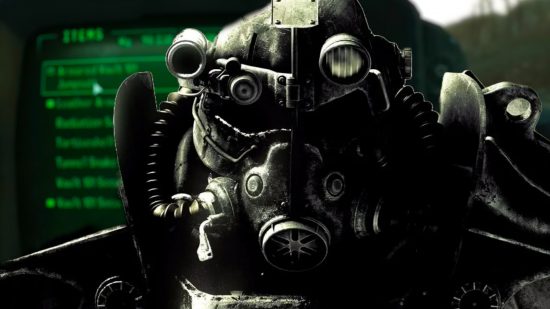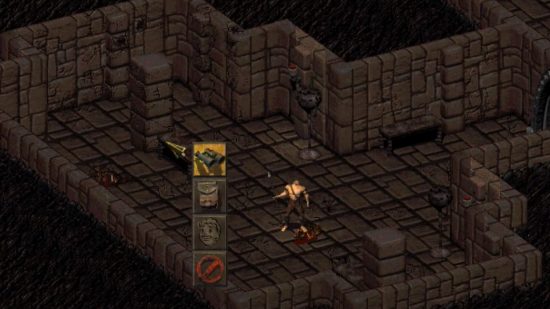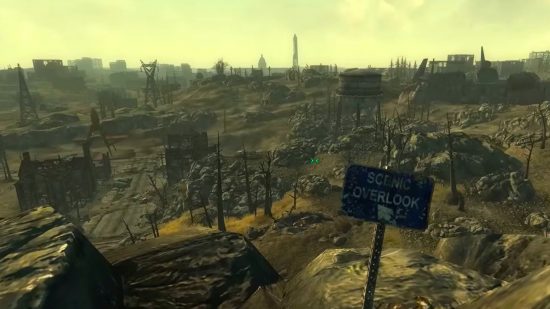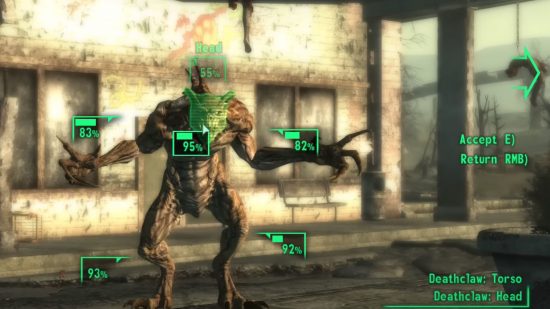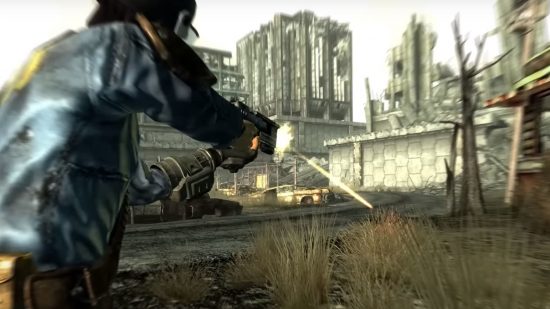Unless you’ve been residing in a particularly isolated vault, you’ll know that Bethesda has survived a significant year. First, we saw the release of Starfield: a game that promised to bring the developer back to its single-player roots and become the new benchmark for the RPG genre, which arguably underwhelmed upon its arrival. It’s not that Starfield is necessarily bad, per se, it’s just not revolutionary – something that, with all the hype considered, it needed to be. But as one door closes, another opens. Alongside the Starfield release date, another big day in Bethesda’s diary was the Fallout TV series trailer launch on December 1.
Ultimately, how the Fallout show is received by audiences, particularly fans of one of the best RPG franchises, will be pivotal for the future. If successful, the Fallout TV series could reinvigorate mainstream interest in the franchise after the initially disappointing – but now well-liked – Fallout 76 and, in theory, pave the way for an Elder Scrolls adaptation too.
Given the relevance of Prime Video’s Fallout then, there seems to be no better time than the present to investigate one particular, unexplored quirk of the series’ mythology. Is Fallout the invention of Bethesda, or do fans have someone other than Tim Cain and Todd Howard to thank for opening up the vaults?
After the original game and its 1998 sequel, Bethesda purchased the rights to Fallout in 2007, before releasing the iconic Fallout 3 in 2008. Fallout 3 was a total reinvention of the series, maintaining the post-apocalyptic setting and RPG elements, but overhauling combat and how the player interacts with the world. The dialogue system and top-down view were replaced with something much more immersive, as Bethesda decided that the player ought to be able to inhabit the Wasteland through their character’s eyes. It also leaned even further into the unspoken and unofficial inspiration from a science fiction novel from 1964.
Three decades before the release of the first Fallout game, and four decades before Bethesda took over the series, American author Philip K. Dick published a book called The Penultimate Truth. Dick is now a legend of the science fiction genre, with his works having formed the basis for countless movies, TV series, and videogames.
His impact on sci-fi is just as profound as that of his contemporaries, such as Arthur C. Clarke and Frank Herbert, for example, and his most recognized novels and short stories include Do Androids Dream of Electric Sheep?, Ubik, A Scanner Darkly, The Minority Report, and We Can Remember It For You Wholesale.
Unlike these, The Penultimate Truth is not regarded as being top-tier Dick. It’s one of his more obscure works, partly because it just isn’t as good. Like so much of Philip K. Dick’s frantic writing, it features fascinating, mind-warping ideas and moments of brilliance. But as The Penultimate Truth reaches its conclusion it gets lost in its own weirdness and muddled plot, and its main selling point is its premise.
Through the glowing words of Dick, the reader is dropped into a post-apocalyptic vision of the future. A devastating war has rendered Earth’s surface nearly uninhabitable, and the majority of the population is forced to reside deep underground in vast vaults — here named Ant Tanks — believing that the war is still ongoing above. We follow a character who ventures out of the vault, up to the surface on a mission, and uncovers the truth of the deception above. Another part of the plot focuses on time travel and real estate: yes, too many ideas.
There are, of course, overall overt similarities between this and Fallout. The word ‘similarities’ might even be too generous. If The Penultimate Truth had come out after Fallout — and Fallout 3 specifically, which sees the protagonist escape Vault 101 and uncover the conspiracy above — it’d undoubtedly be condemned as a rip-off; an impersonation of one of the best RPGs on PC.
But it didn’t. The Penultimate Truth landed in bookstores in the 1960s and became an unappreciated, mostly forgotten novel from an author who’d go on to create much better tales.
Still, though, we’re left with two lingering questions. Was the connection between The Penultimate Truth and Fallout 3 a coincidence and, if not, how much inspiration can a videogame take from another work before it becomes an ‘official’ adaptation?
The answer to both questions is unclear. In 2009, Engadget published a short 150-word article suggesting that if Bethesda had “plagiarized” Philip K. Dick, so too had the first Fallout games. But neither Bethesda nor anyone involved in the games, or anyone linked to Dick, has commented on the conundrum.
Meanwhile, some Philip K. Dick fans aren’t so sure. In one discussion on Reddit about Fallout’s links to the author, one user explains, “If you know what to look for you see [Dick’s influence] everywhere.”
Perhaps that’s the answer. Or perhaps not. After all, Tim Cain has previously spoken about his influences. There is only one certainty: if ever a studio wanted to adapt The Penultimate Truth into a movie, series, or game, trying to create something distinct from Fallout would be a nearly impossible task. Ultimately, what that says about Fallout’s originality speaks for itself.
